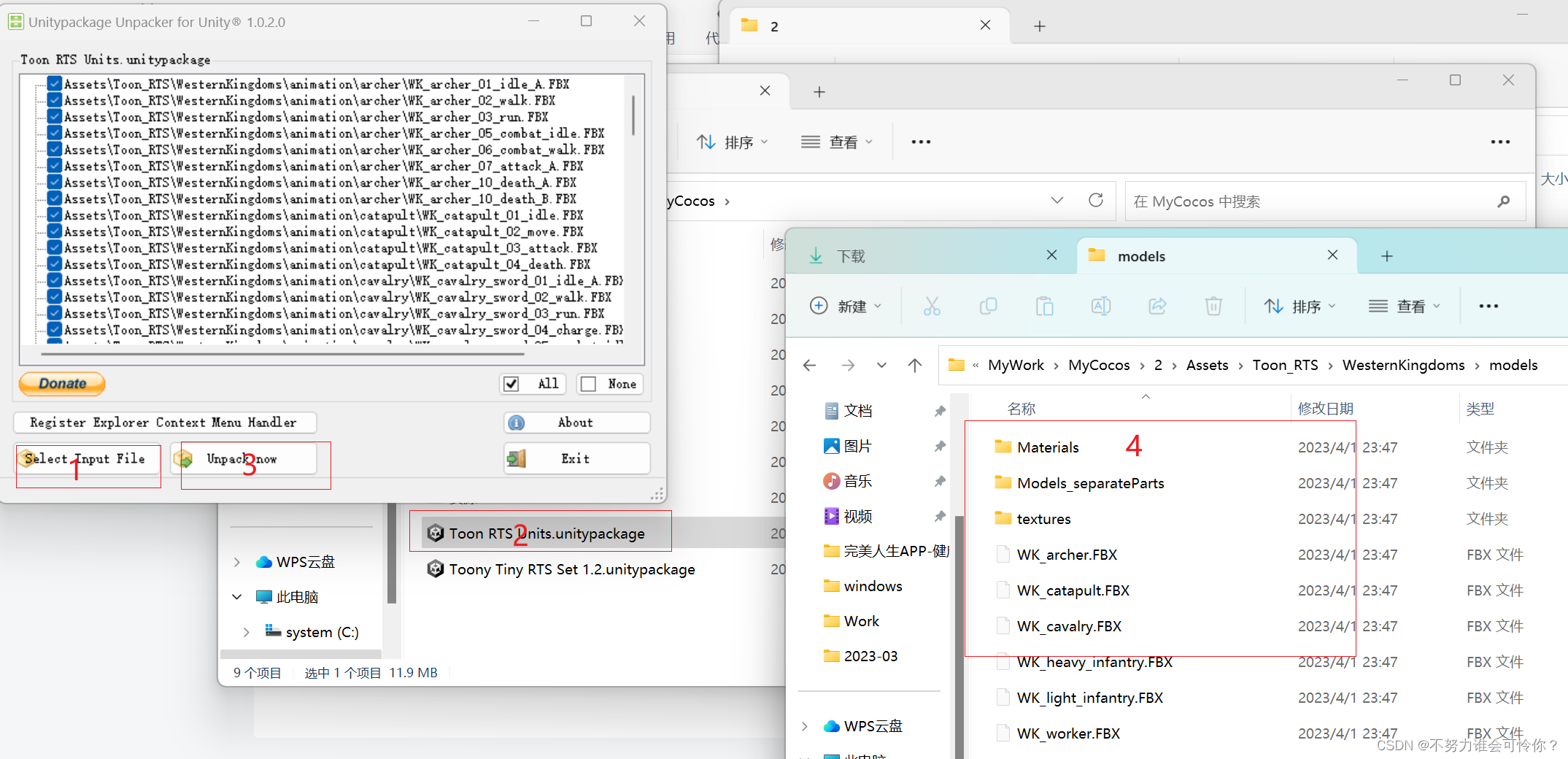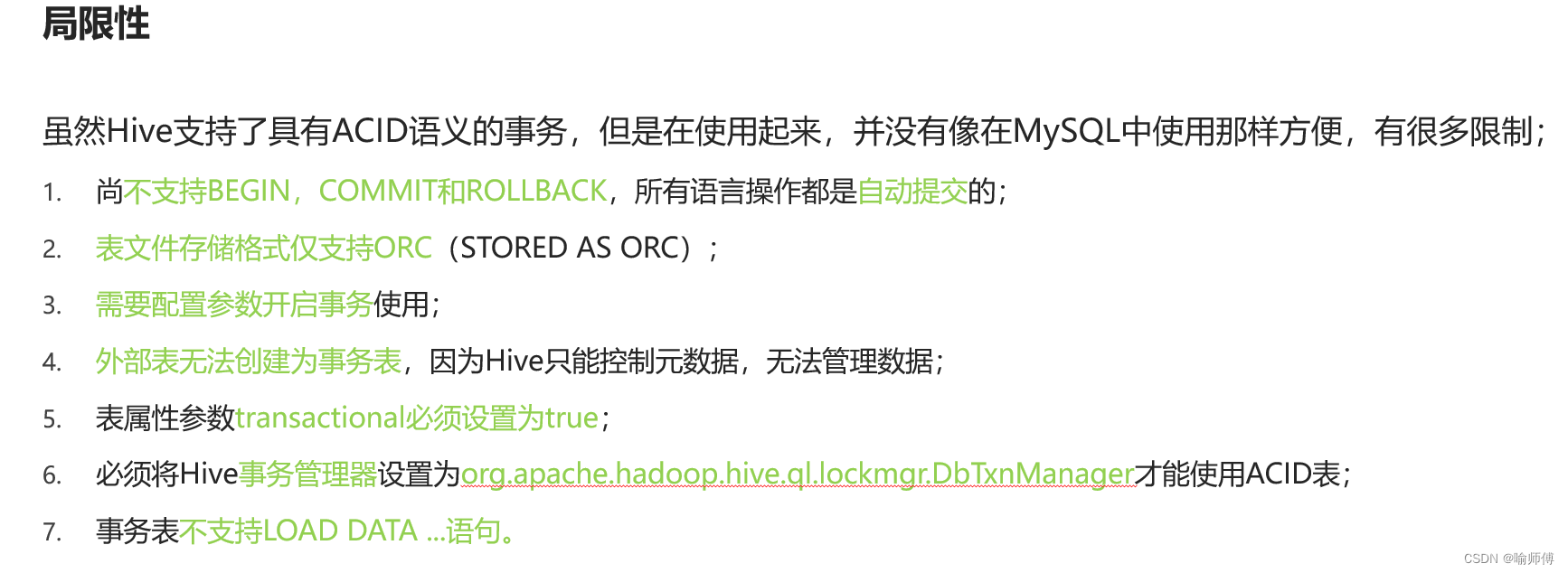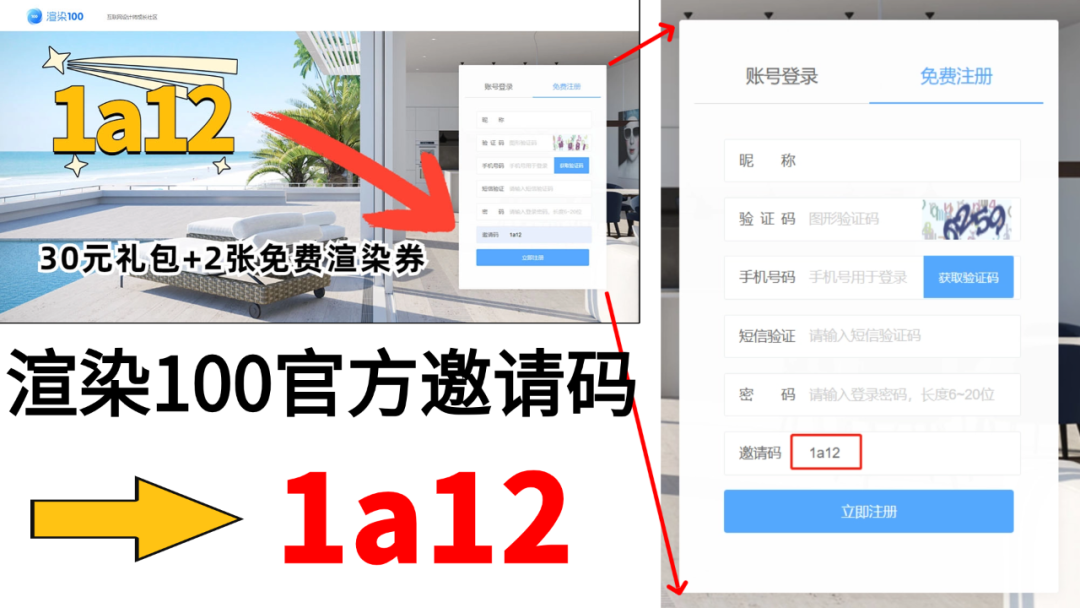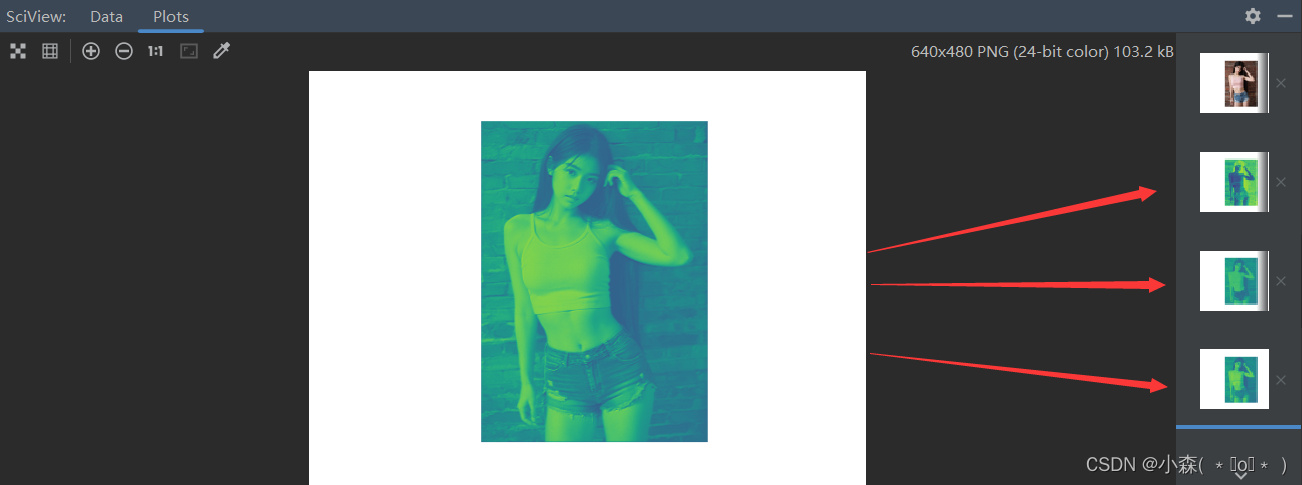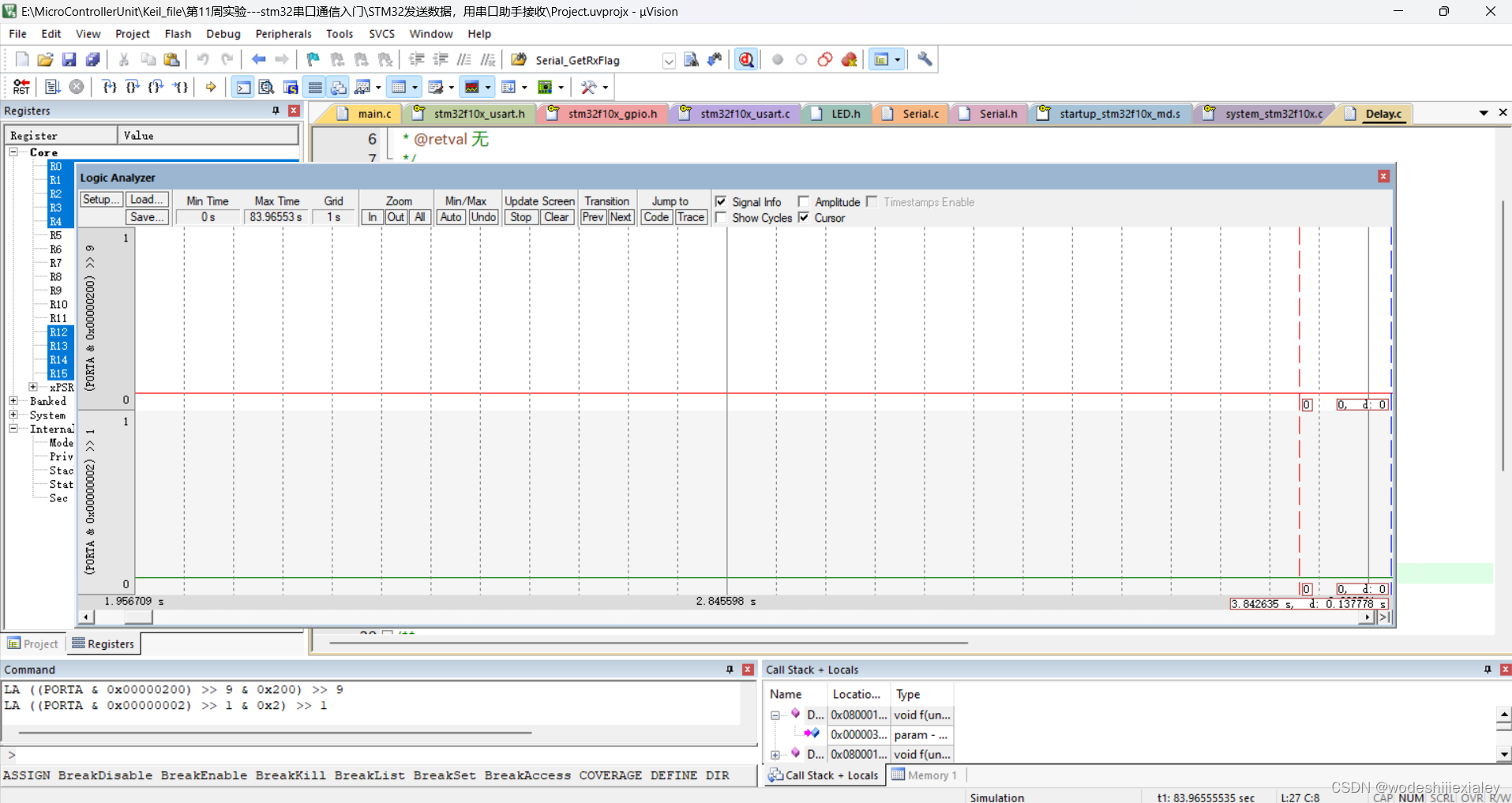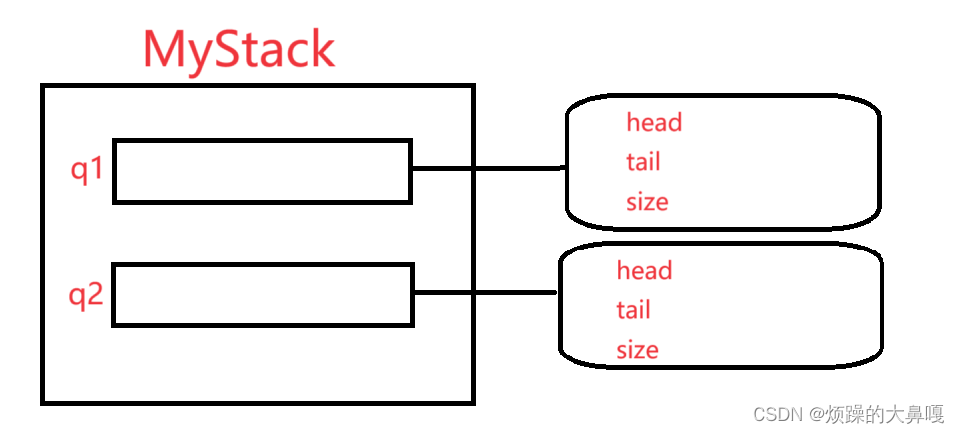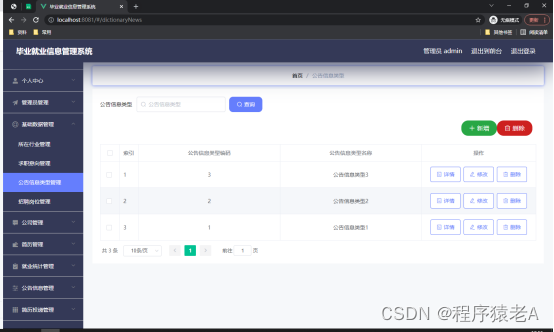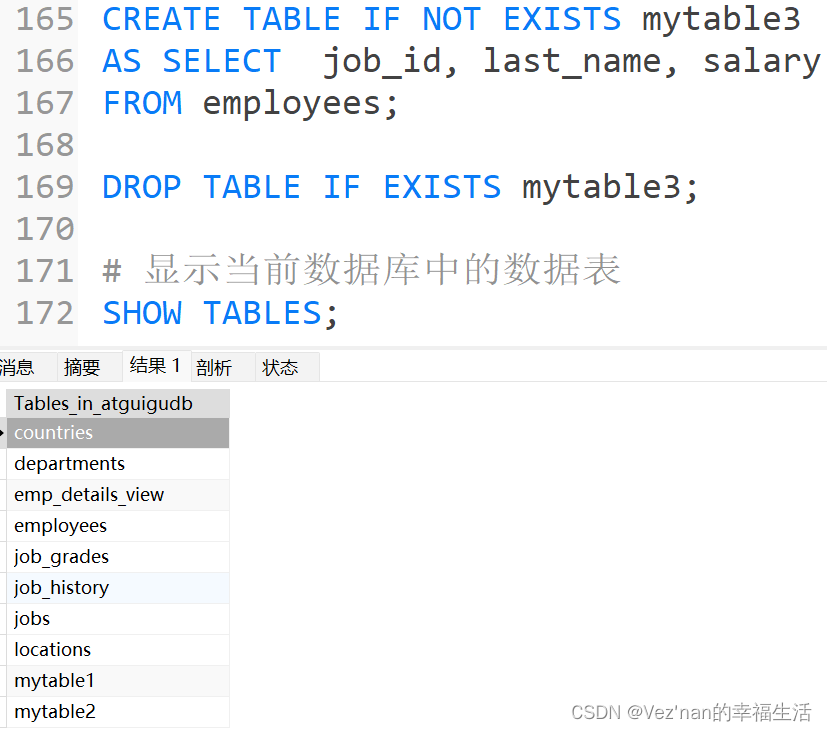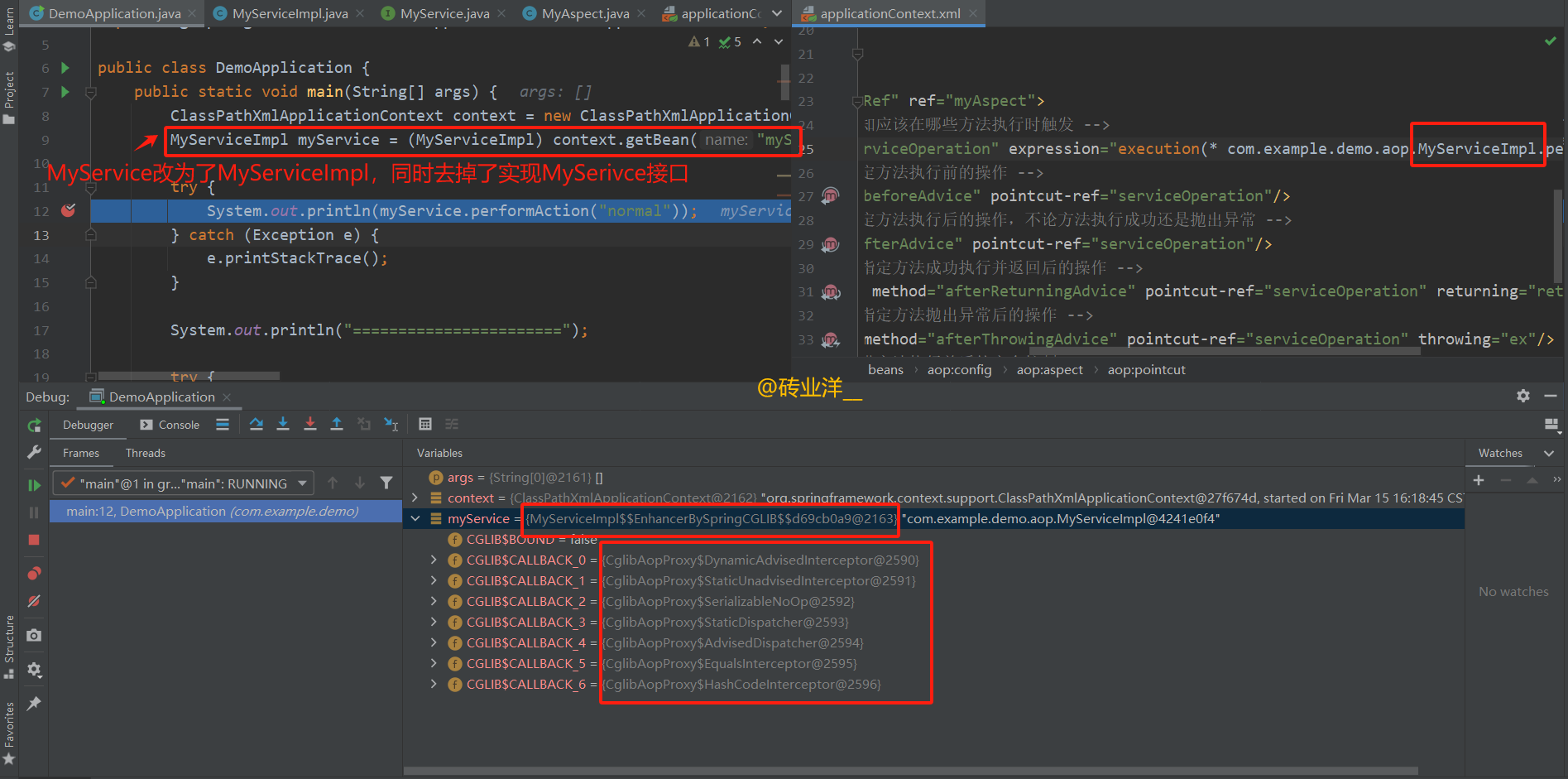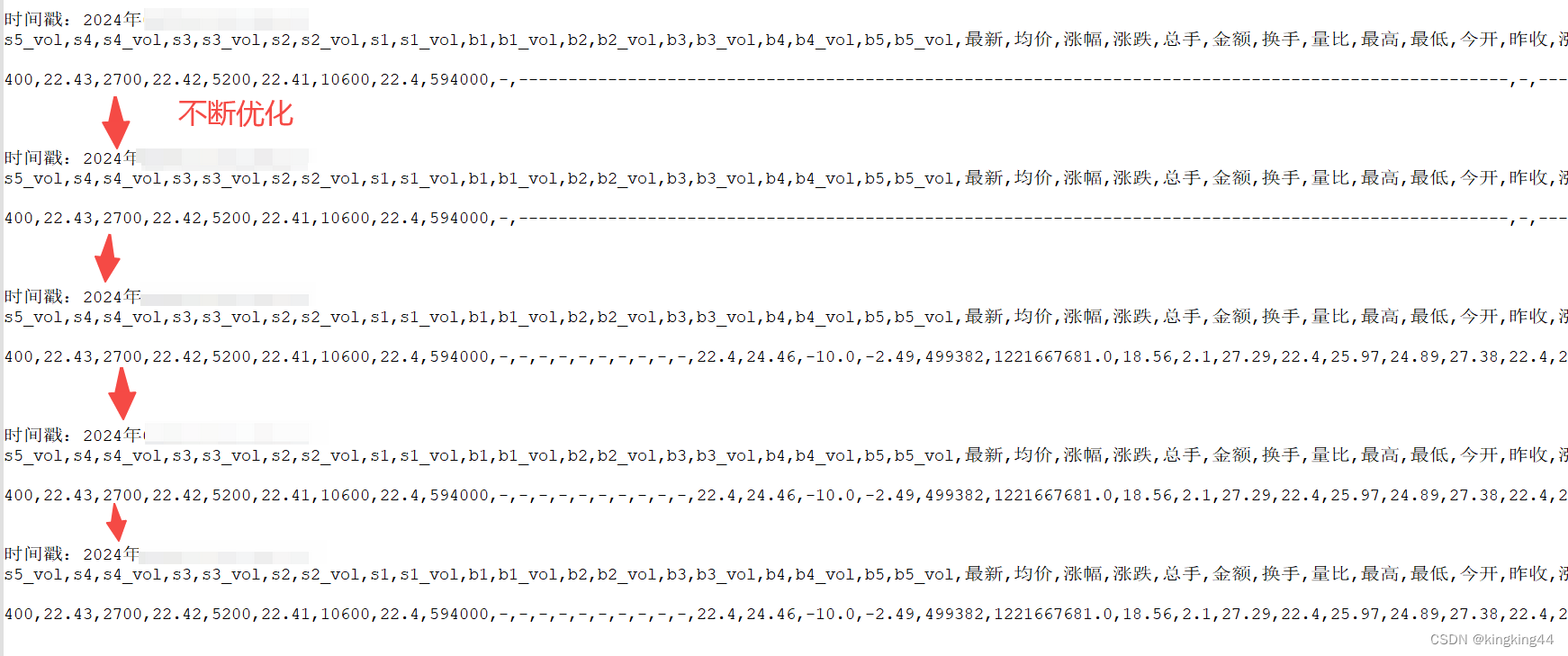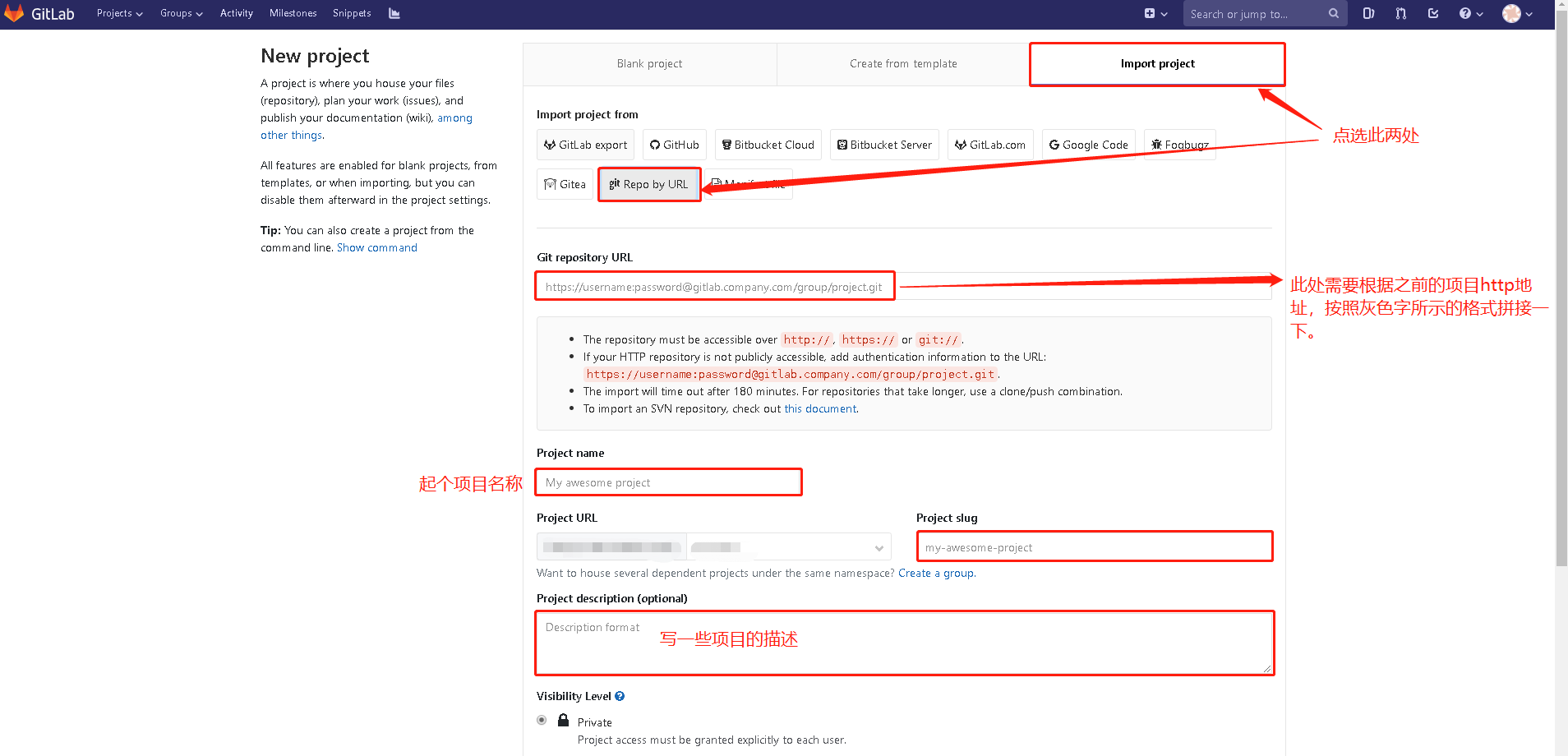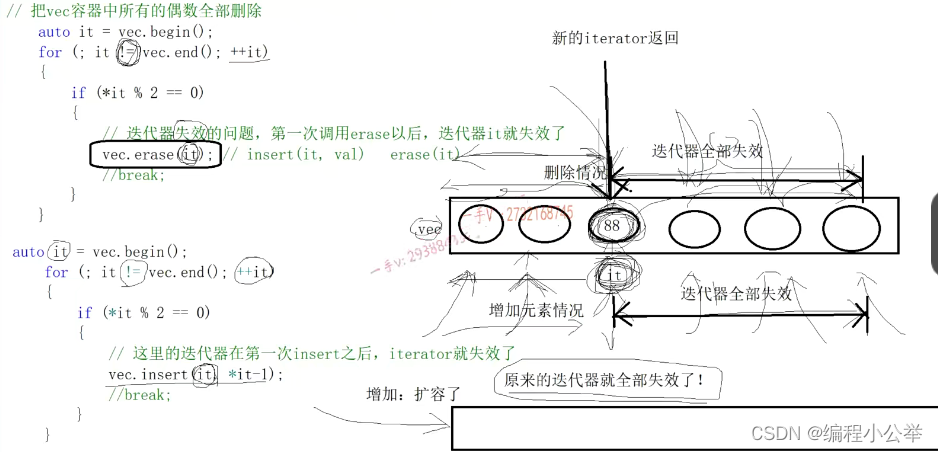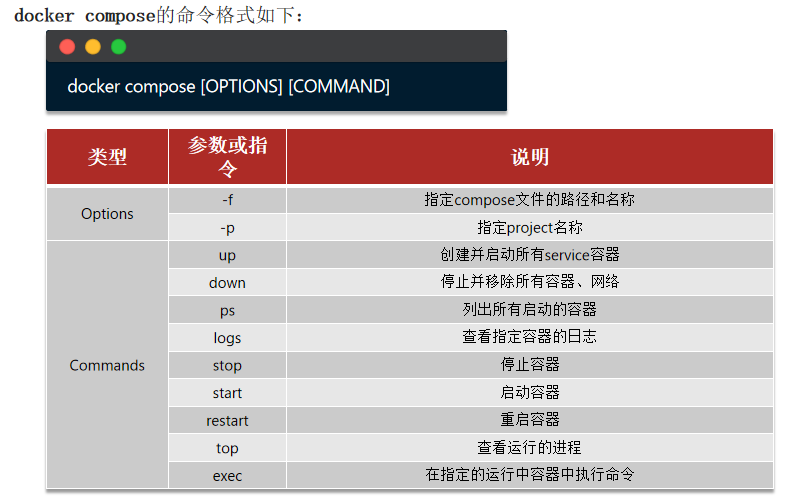本步骤目标
上述几个步骤 定义和注册Bean (opens new window)、实例化Bean (opens new window),按照是否包含构造函数实现不同的实例化策略 (opens new window),那么在创建对象实例化这我们还缺少什么?其实还缺少一个关于类中是否有属性的问题,如果有类中包含属性那么在实例化的时候就需要把属性信息填充上,这样才是一个完整的对象创建。
设计原理
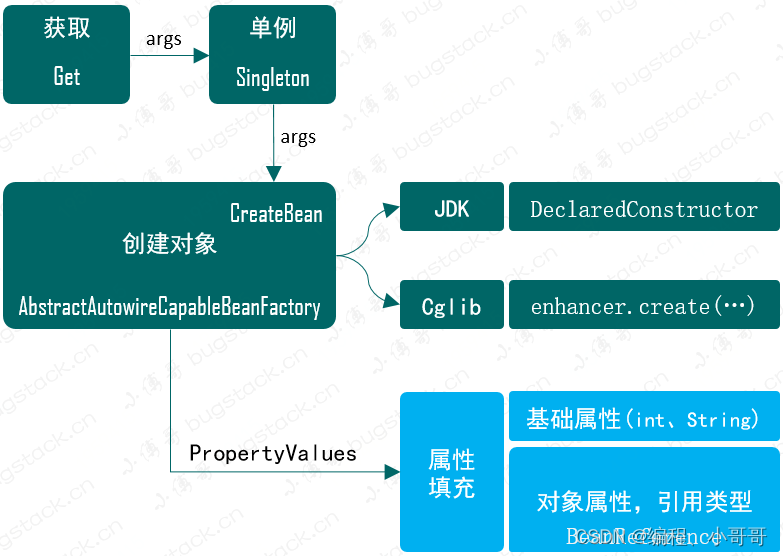
1:属性填充要在类实例化创建之后,也就是需要在 AbstractAutowireCapableBeanFactory 的 createBean 方法中添加 applyPropertyValues 操作。
2:由于我们需要在创建Bean时候填充属性操作,那么就需要在 bean 定义 BeanDefinition 类中,添加 PropertyValues 信息。
3:另外是填充属性信息还包括了 Bean 的对象类型,也就是需要再定义一个 BeanReference,里面其实就是一个简单的 Bean 名称,在具体的实例化操作时进行递归创建和填充,与 Spring 源码实现一样。
以下开始实战
定义属性
package beans;
public class PropertyValue {
private String name;
private Object value;
public PropertyValue(String name, Object value) {
this.name = name;
this.value = value;
}
public String getName() {
return name;
}
public void setName(String name) {
this.name = name;
}
public Object getValue() {
return value;
}
public void setValue(Object value) {
this.value = value;
}
}
public class PropertyValues {
private List<PropertyValue> propertyValueArrayList = new ArrayList<>();
public void addPropertyValue(PropertyValue propertyValue) {
propertyValueArrayList.add(propertyValue);
}
public PropertyValue[] getPropertyValues() {
return this.propertyValueArrayList.toArray(new PropertyValue[0]);
}
public PropertyValue getPropertyValue(String propertyName) {
for (PropertyValue pv : this.propertyValueArrayList) {
if (pv.getName().equals(propertyName)) {
return pv;
}
}
return null;
}
}
Bean定义补全
public class BeanDefinition {
private Class classBean;
private PropertyValues propertyValues;
public BeanDefinition(Class classBean) {
this.classBean = classBean;
}
public BeanDefinition(Class beanClass, PropertyValues propertyValues) {
this.classBean = beanClass;
this.propertyValues = propertyValues != null ? propertyValues : new PropertyValues();
}
public Class getClassBean() {
return classBean;
}
public void setClassBean(Class classBean) {
this.classBean = classBean;
}
}
上述补充主要是把属性一定交给 Bean 定义,所以这里填充了 PropertyValues 属性,同时把两个构造函数做了一些简单的优化,避免后面 for 循环时还得判断属性填充是否为空。
Bean 属性填充

/**
* bean属性添加
*
* @param beanName
* @param bean
* @param beanDefinition
*/
protected void applyPropertyValues(String beanName, Object bean, BeanDefinition beanDefinition) {
try {
PropertyValues propertyValues = beanDefinition.getPropertyValues();
for (PropertyValue propertyValue : propertyValues.getPropertyValues()) {
String name = propertyValue.getName();
Object value = propertyValue.getValue();
if (value instanceof BeanReference) {
// A 依赖 B,获取 B 的实例化
BeanReference beanReference = (BeanReference) value;
value = getBean(beanReference.getBeanName());
}
// 属性填充
BeanUtil.setFieldValue(bean, name, value);
}
} catch (Exception e) {
throw new BeansException("Error setting property values:" + beanName);
}
}
测试结果
package test;
import beans.PropertyValue;
import beans.PropertyValues;
import beans.factory.config.BeanDefinition;
import beans.factory.config.BeanReference;
import beans.factory.support.DefaultListableBeanFactory;
import org.junit.Test;
public class TestFour {
@Test
public void test_BeanFactory() {
// 1.初始化 BeanFactory
DefaultListableBeanFactory beanFactory = new DefaultListableBeanFactory();
// 2. UserDao 注册
beanFactory.registerBeanDefinition("userDao", new BeanDefinition(UserDao.class));
// 3. UserService 设置属性[id、userDao]
PropertyValues propertyValues = new PropertyValues();
propertyValues.addPropertyValue(new PropertyValue("id", "1"));
propertyValues.addPropertyValue(new PropertyValue("userDao", new BeanReference("userDao")));
// 4. UserService 注入bean
BeanDefinition beanDefinition = new BeanDefinition(UserService.class, propertyValues);
beanFactory.registerBeanDefinition("userService", beanDefinition);
// 5. UserService 获取bean
UserService userService = (UserService) beanFactory.getBean("userService");
userService.queryUserInfo();
}
}
测试结果截图
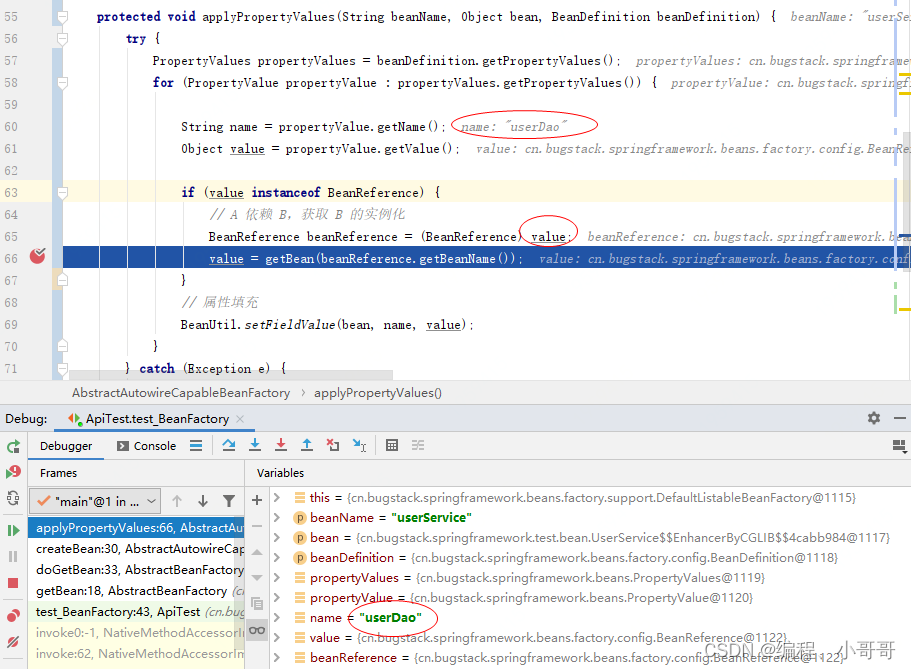
以上是第四步->手撕spring源码之bena注入实现和依赖 关注老哥带你上高速 后续继续完成手写spring源码。





